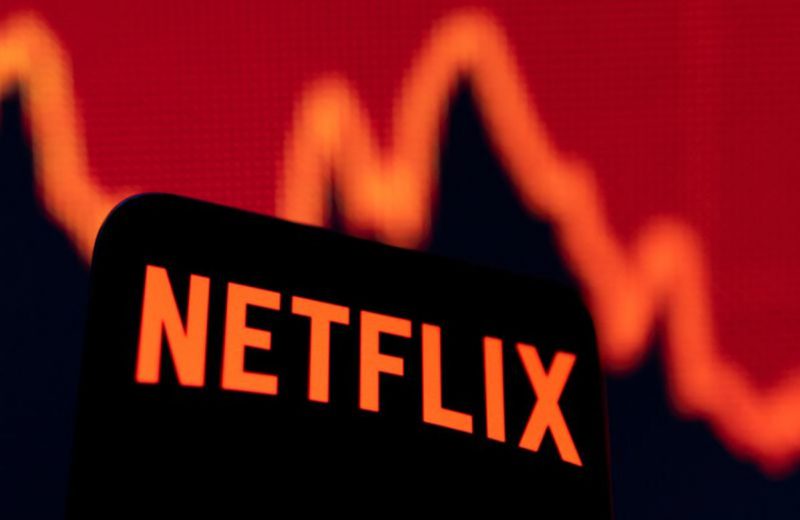Netflix stock has performed extremely well in 2025 thus far, outperforming forecasts on its way to a 39% climb year-to-date. Last week, Netflix shares outperformed the market, driven by favorable comments from Bank of America analysts. Several experts on Wall Street have fueled bullish sentiment behind the streaming giant, and its shares have responded positively, setting NFLX investors up for big gains this year.
In a note to clients, BofA noted that the stock has posted one of the strongest gains in the sector since the beginning of the year, with gains of around 33%. It attributes this growth to the arrival of new subscribers (including 19 million net in Q4) and its relative insensitivity to international trade tensions. BofA believes that the California-based group remains well-positioned, both in its core businesses and in advertising and sports broadcasting, which should enable it to grow its profits and cash flow.
Further, BofA maintained a buy rating on NFLX stock, raising its target price for it from $1,175 to $1,490. At press time, Netflix shares are trading at 1,241.54 a pop.
Netflix (NFLX) Continues to Outperform in 2025
Throughout this year, Netflix has posted solid numbers in revenue and viewership. These numbers have fueled the stock to rise in the last few months.
Netflix (NFLX) has increased its operating margin from 13% in 2019 to 26% in 2024, showcasing a stark growth trajectory. In 2025, that is expected to reach 29%. Moreover, management at the company believes that its revenue can double over the next five years. Specifically, that implies that the operating margin would reach heights of 40% by 2030. Additionally, the company has been all-in on the advertising side of entertainment. Specifically, executives have held firm to the belief that ad revenue will double in 2025 and reach heights of $9 billion over that same 5-year timeline.
Also Read: Tesla (TSLA) Rides 20% Jump: Is Now the Time to Buy, Sell, or Hold?
Currently, Netflix has a $500 billion market cap. That makes its next $500 billion no easy task. However, it already has the playbook to get it there, as its growth and trajectory look solid. Therefore, it could very well reach the $1 trillion threshold by the year 2030.





